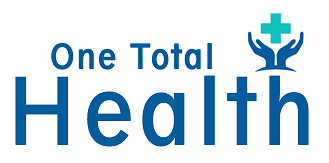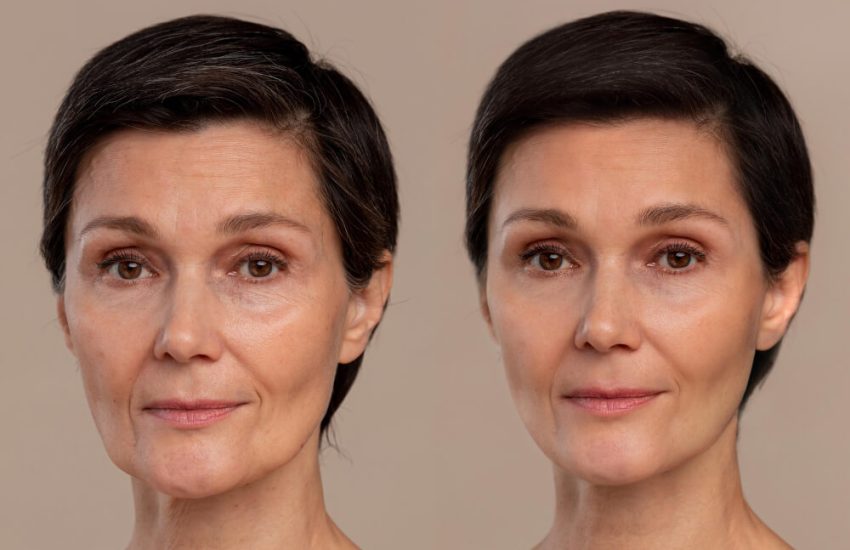Is It Safe to Get Sedated for Dental Work?
If you have a fear of dentists or need substantial dental work but are anxious about it, sedation dentistry may be the answer. However, dental sedation can make some patients uncomfortable, which can be a barrier to them getting the care they need. Could you tell me if dental sedation is safe? To what extent do you run the danger of adverse effects? In the blog article that follows, you’ll find our responses.
See a Manhattan, NY dentist as soon as possible if you suspect you have a cavity and need a filling.
Recognizing Dental Sedation
The phrase “sedation dentistry” is used to refer to a wide variety of techniques intended to help patients feel at ease during dental procedures. Understanding the various types of sedation before we talk about the safety of sedation dentistry is crucial.
Oxygen Nitrogen
The most minimal method of dental anaesthesia is laughing gas (nitrous oxide). An oxygen/nitrous oxide mixture will be breathed in through a tiny mask placed over your nose if nitrous oxide is to be used during the treatment. The benefits of nitrous oxide are almost immediately noticeable, and the effects disappear just as rapidly when you take off the mask.
The lengthy history of safety associated with nitrous oxide makes it the go-to sedation option for paediatric patients.
Sedation by Mouth with Patient Awareness
For those with extreme dental anxiety, we offer conscious oral sedation. Although it is still a mild sedative, it induces a deeper state of relaxation than nitrous oxide does. Before your appointment, your doctor will likely prescribe an anti-anxiety pill that you’ll take orally. While the drug will make you feel sleepy and relaxed, you’ll still be completely awake and alert during the process.
Safe Dental Sedation
However, most of the reports you’ve been reading about the risks of sedation dentistry have focused on the use of intravenous sedation. Complications can be extremely serious when IV sedative is administered incorrectly. Patients who get IV sedation may appear to be asleep and report having no recollection of their treatments, although they are in fact fully alert and able to control their own breathing.
Although new regulations are helping to mitigate many of these dangers, our office does not provide IV sedation. Safe practices can be followed using minimum sedation techniques such as nitrous oxide and conscious oral sedation. The majority of people will only have mild discomfort, such as a headache.




